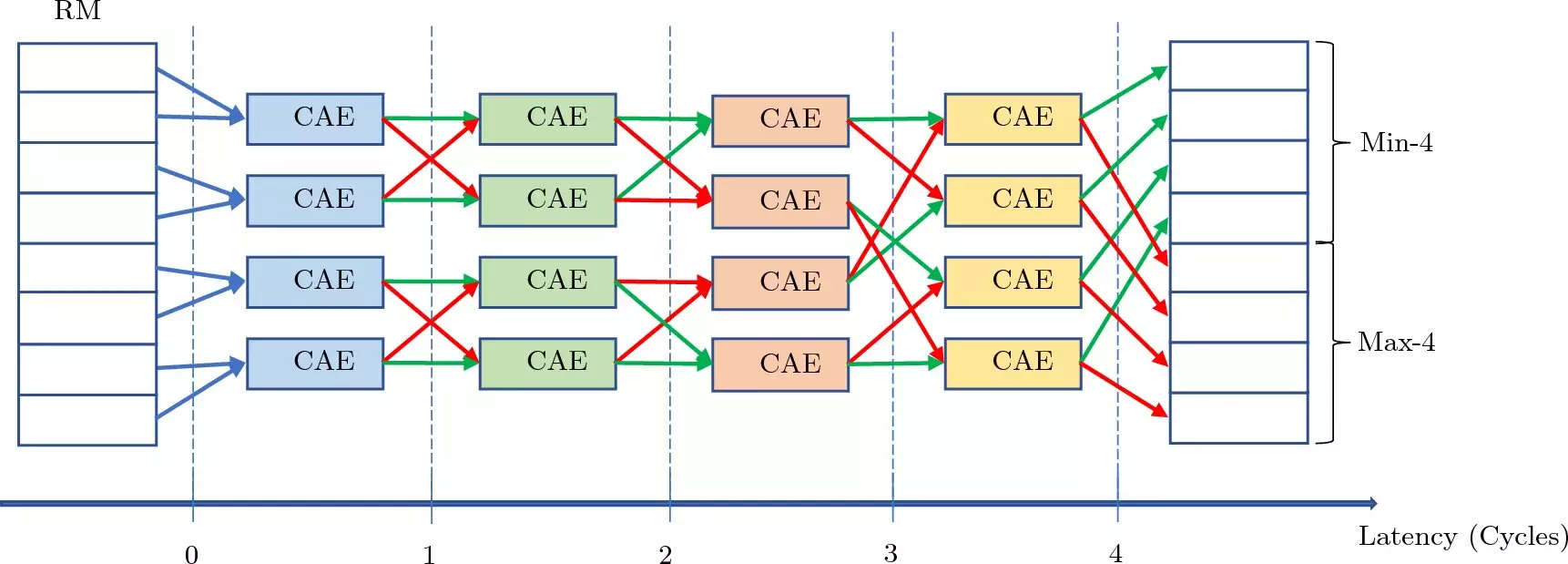The Large Hadron Collider, located some 350 feet beneath the France-Switzerland border, is a marvel of modern science. This massive particle collider allows scientists to recreate conditions similar to those immediately following the Big Bang. One of the main objectives of researchers, like Duke physicist Ashutosh Kotwal, is to uncover the universe’s “missing matter.” This missing matter, known as dark matter, is invisible but makes up a significant portion of the cosmos. While we know dark matter exists due to its gravitational effects on stars and galaxies, its true nature remains a mystery.
With the assistance of artificial intelligence, Kotwal and his team are working on a method to capture evidence of dark matter within the subatomic debris generated by proton-proton collisions at the Large Hadron Collider. By utilizing detectors that function like vast 3D digital cameras, researchers aim to capture the fleeting clues that could indicate the presence of dark matter. If dark matter is produced during these collisions, it may manifest as heavy charged particles that travel a short distance before decaying into invisible dark matter particles. These particles, if they exist, would leave a distinct “disappearing track” within the detector.
The Large Hadron Collider generates an immense amount of data, with approximately 40 million snapshots of particle collisions per second. Sorting through this vast volume of information to identify the rare occurrences of interest poses a significant challenge for researchers. Kotwal describes the process as akin to finding a needle in a haystack, with only a minute fraction of images containing the valuable signatures indicating dark matter production.
Kotwal has developed a novel solution known as the “track trigger,” an algorithm designed to rapidly identify and flag potential dark matter tracks within the data. This algorithm utilizes multiple AI engines running simultaneously on a silicon chip, allowing for the processing of an image in less than 250 nanoseconds. By automating the identification of significant events during particle collisions, researchers can ensure that crucial data is captured and stored for further analysis.
While the track trigger algorithm shows promising results in initial testing, the ultimate goal is to implement this technology on a larger scale within the detectors at the Large Hadron Collider. Kotwal and his team plan to construct a prototype device by the next summer, with the full deployment of approximately 2000 chips expected within the next several years. As the capacity of the accelerator continues to increase, the demand for efficient data processing methods becomes even more critical. With Kotwal’s innovative approach, scientists are hopeful that they will be able to detect and study dark matter particles if they are indeed present in the collider’s experiments.
The quest for dark matter at the Large Hadron Collider represents a significant endeavor in the field of particle physics. By combining cutting-edge technology with artificial intelligence, researchers aim to unlock the secrets of the universe’s missing matter. Through continuous innovation and collaboration, scientists like Ashutosh Kotwal strive to push the boundaries of scientific knowledge and uncover the mysteries of the cosmos.


Leave a Reply